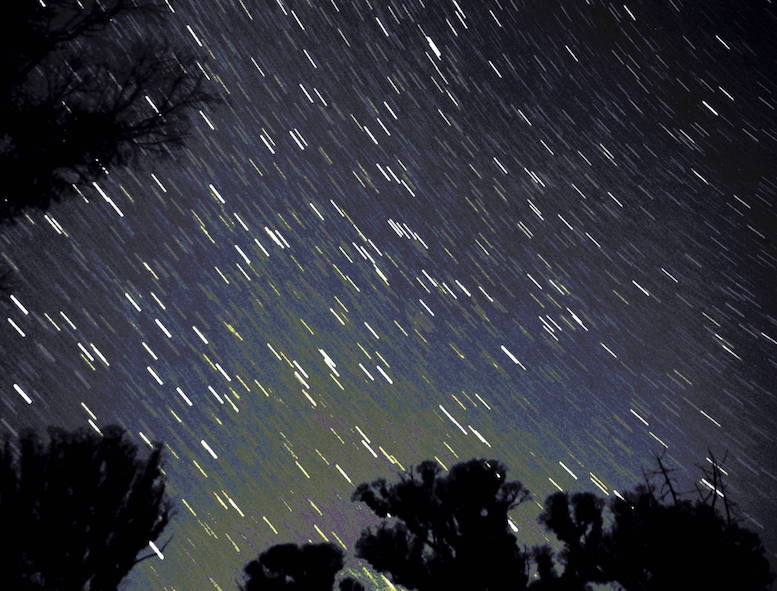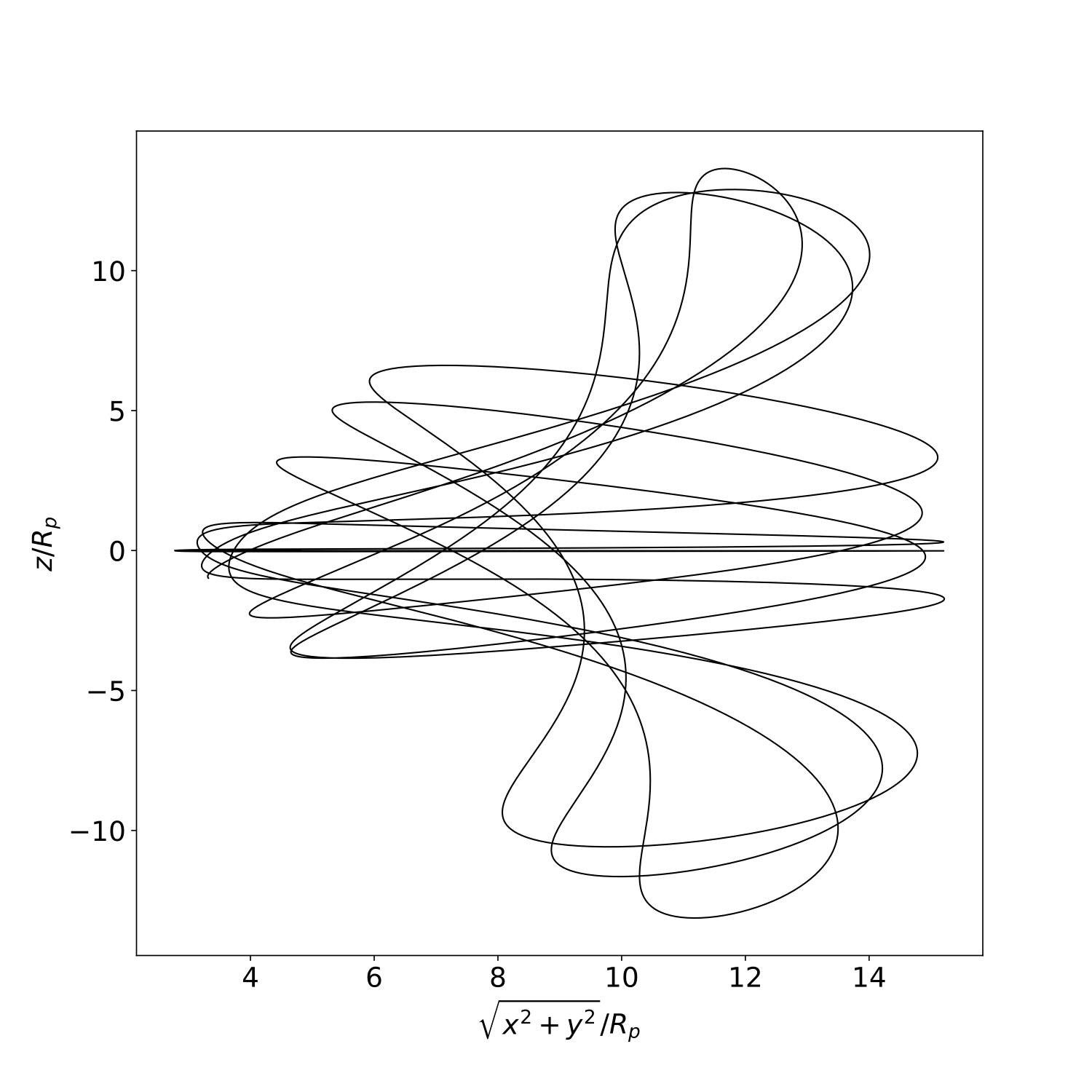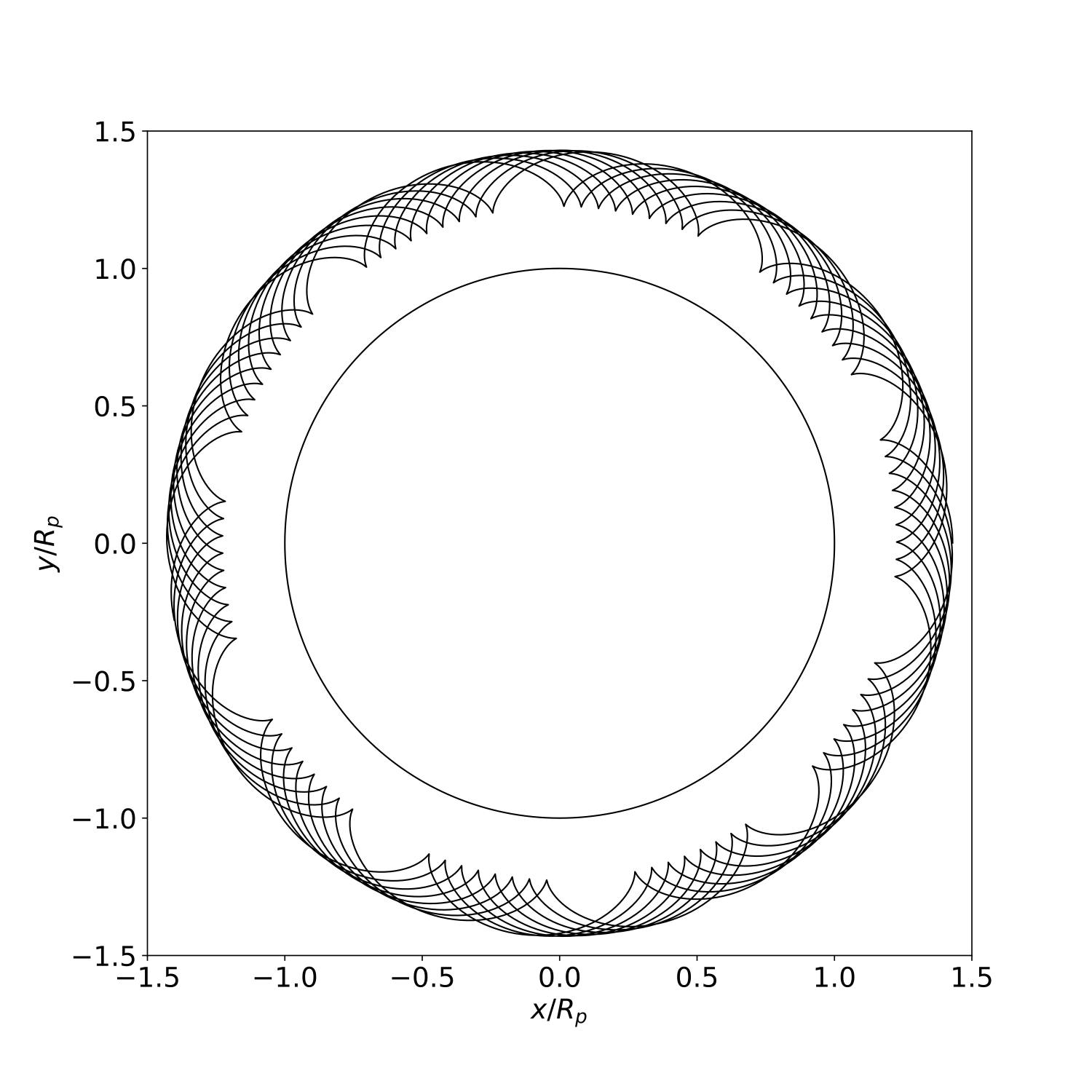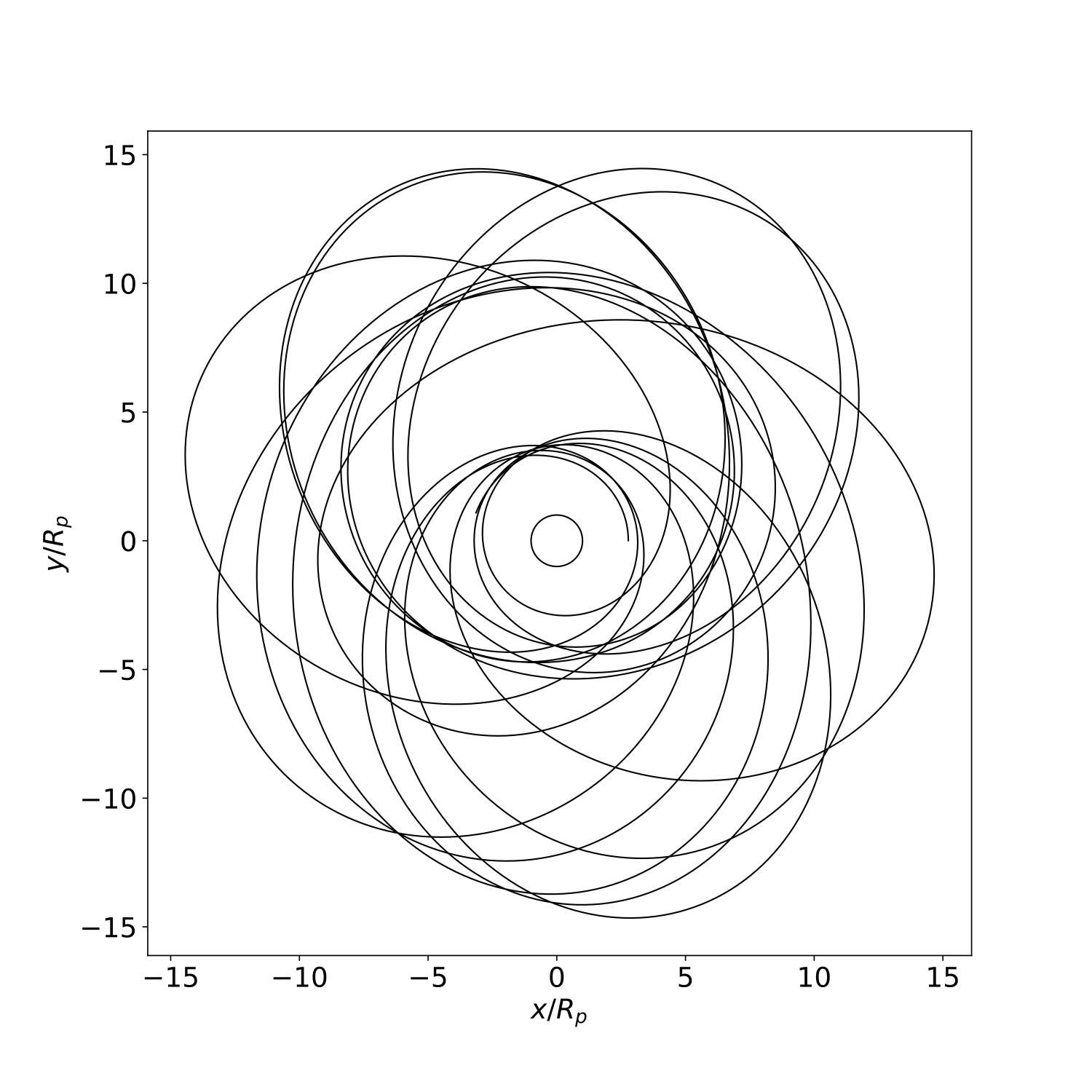PhD research
Modelling the dynamics of charged dust in planetary rings
My research focuses on charged dust dynamics in planetary rings, an example phenomenon being the spokes of Saturn, transient ~radial dust clouds lofted away from the ring plane by electromagnetic forces and shown by Cassini's wide angle camera below.
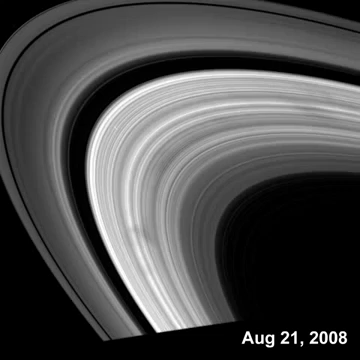
[Image credit: NASA/JPL/Space Science Institute]
I use numerical methods and algorithms to model the behaviour of dust in orbit around Saturn, particularly focussing on the phenomenon of ring rain, a cleansing mechanism which could make the rings appear more youthful than they are. I relate the complex orbital outcomes of charged grains to observations of H3+ emission, a proxy for water influx from the rings into the planet's upper atmosphere. Understanding the relative fraction of non-ice to ice grains precipitating along magnetic field lines onto the planet is key to understanding the age of the rings, as this so-called ring rain could be a cleaning mechanism whereby silicate/tholin/haematite material could be preferentially removed from the rings,
A grain's trajectory is solved by simultaneously integrating its position and velocity using an adaptive Runge-Kutta integrator, and the time-variable charge using a stochastic algorithm with binary tree traversal to handle multiple currents in Saturn's plasma environment.

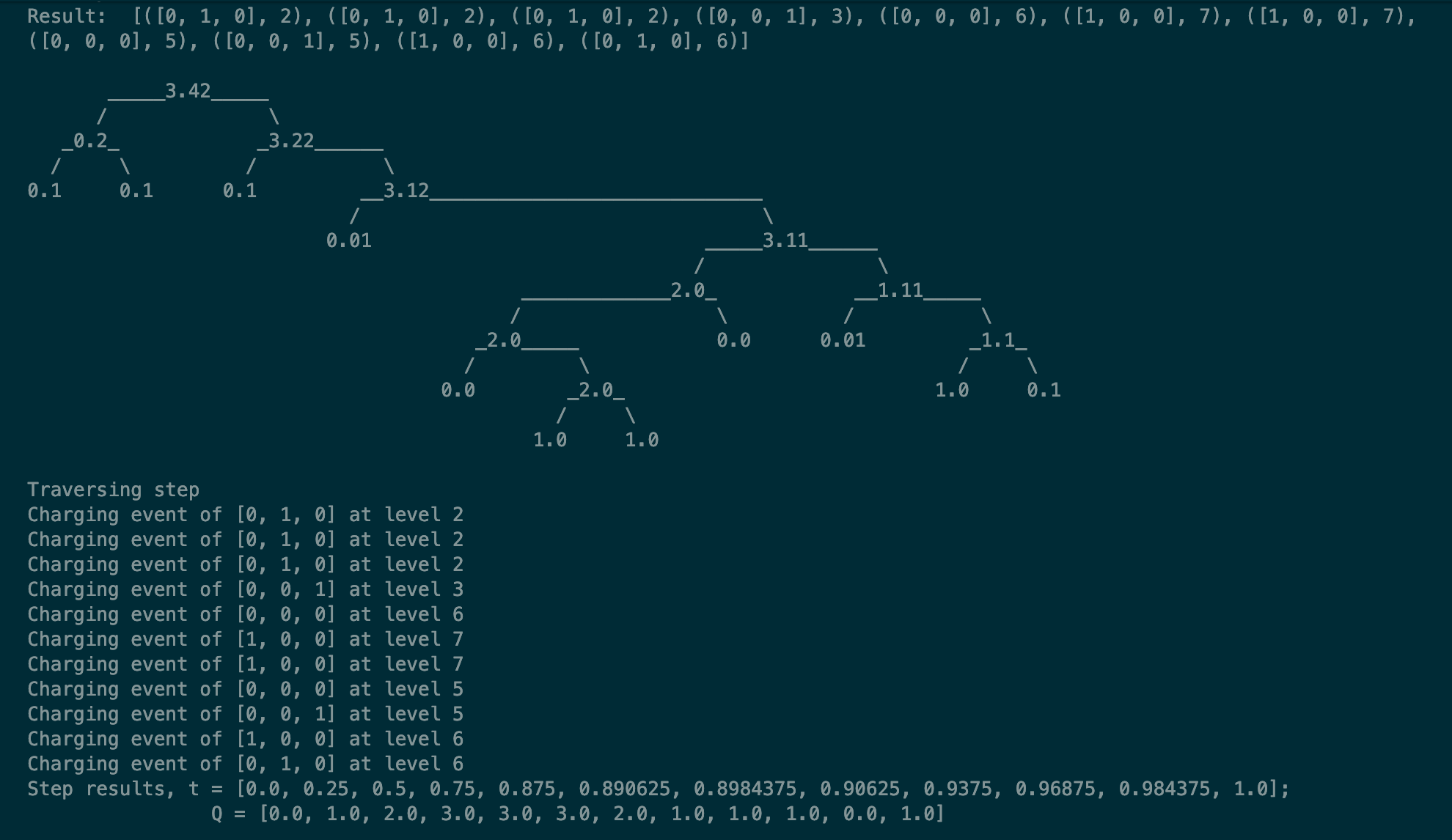
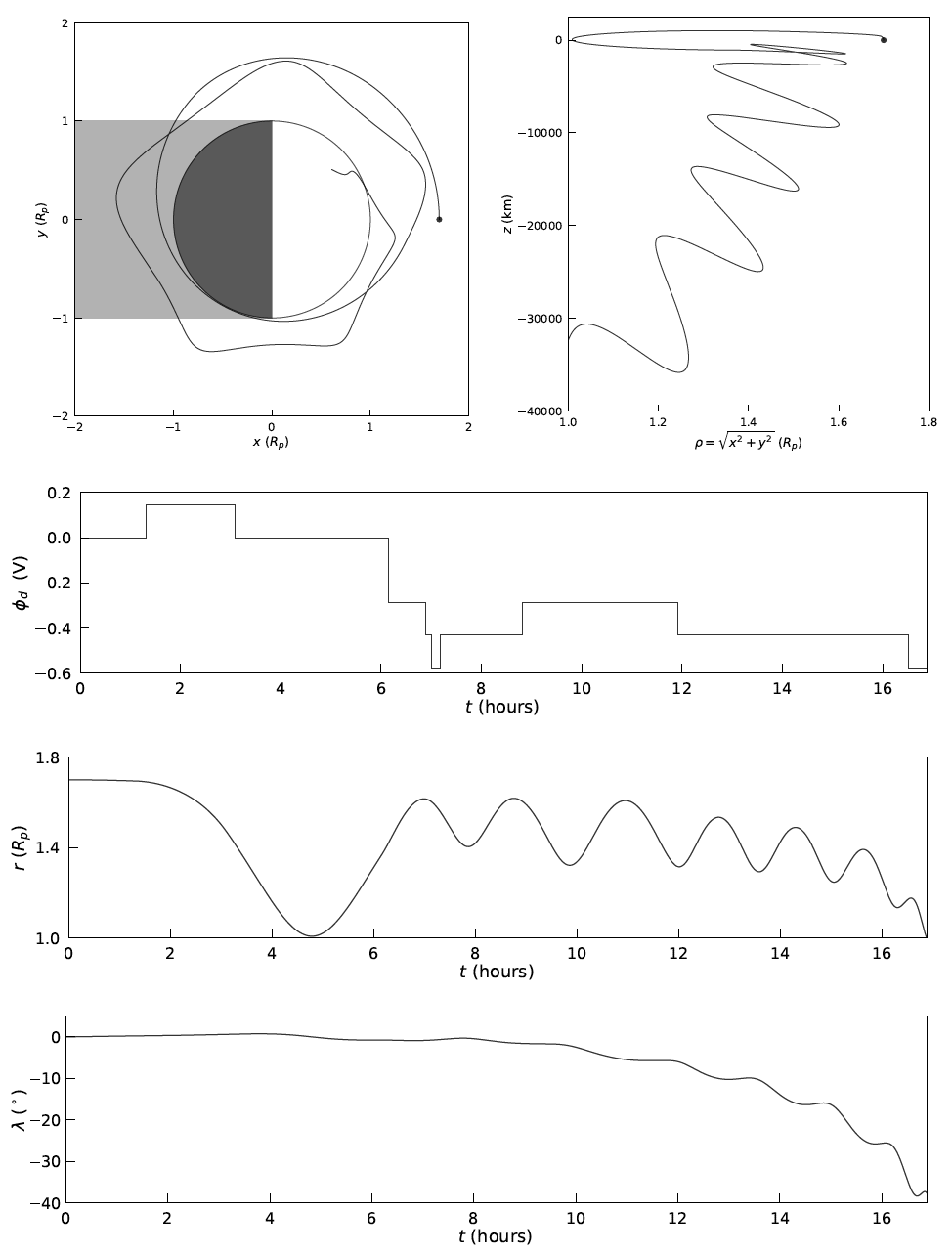
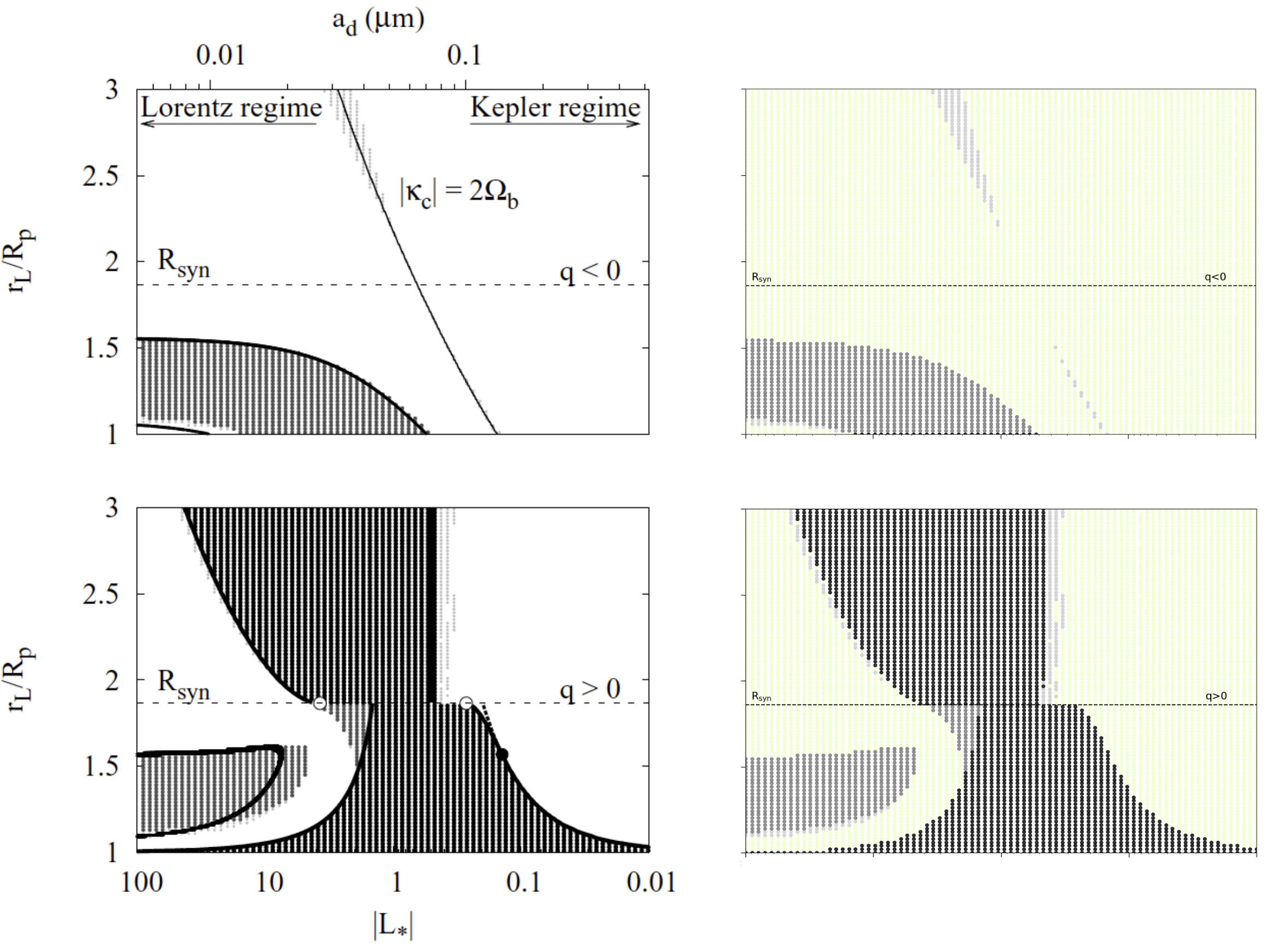
Resonant features are also present (the diagonal suite of sims for intermediate charge-to-mass ratios in the q<0 figure above), e.g. when the epicyclic frequency is an integer multiple of the mirror bouncing frequency (κ = 2Ωb):
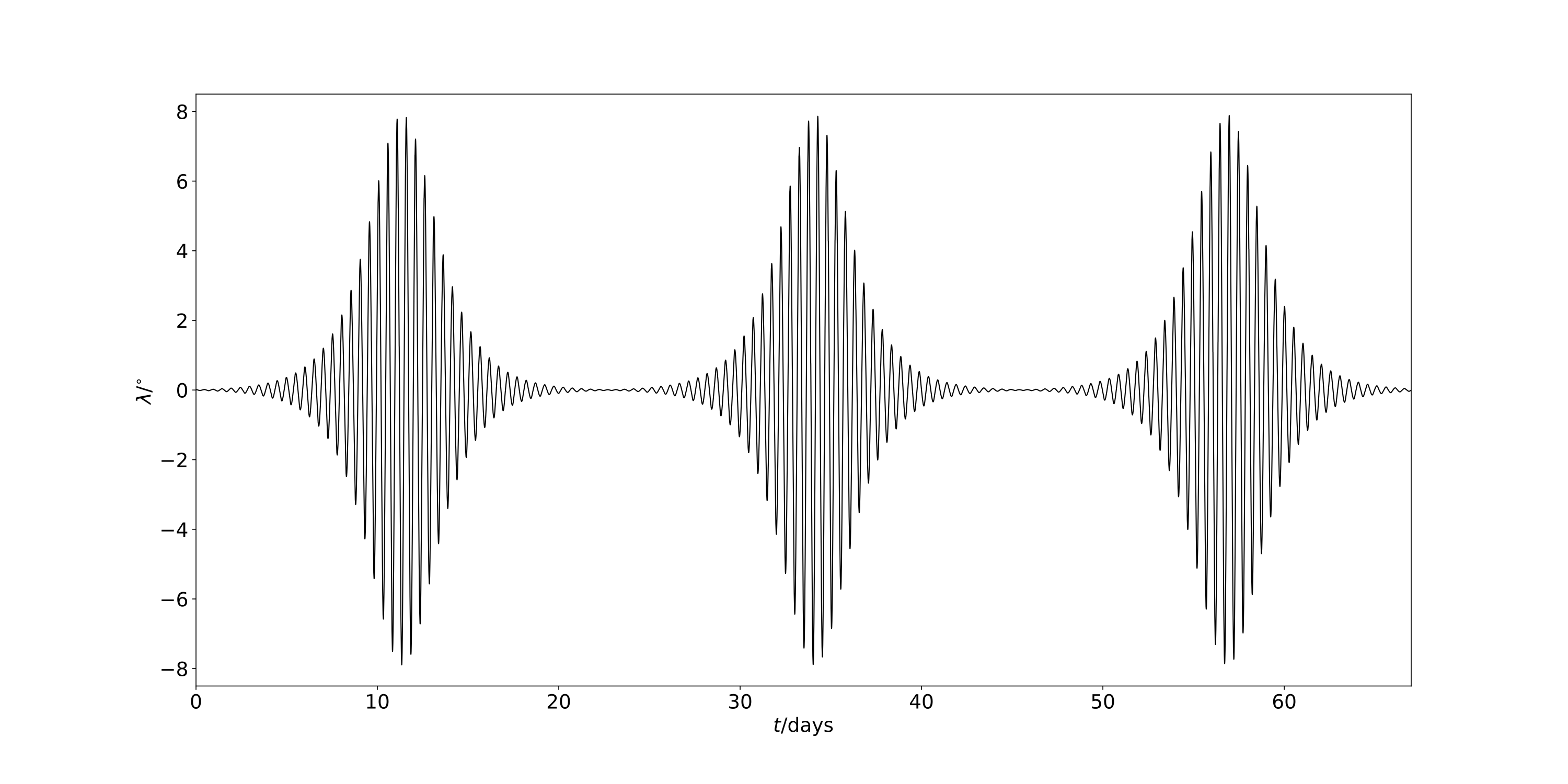
I make spirographs amongst other things!
